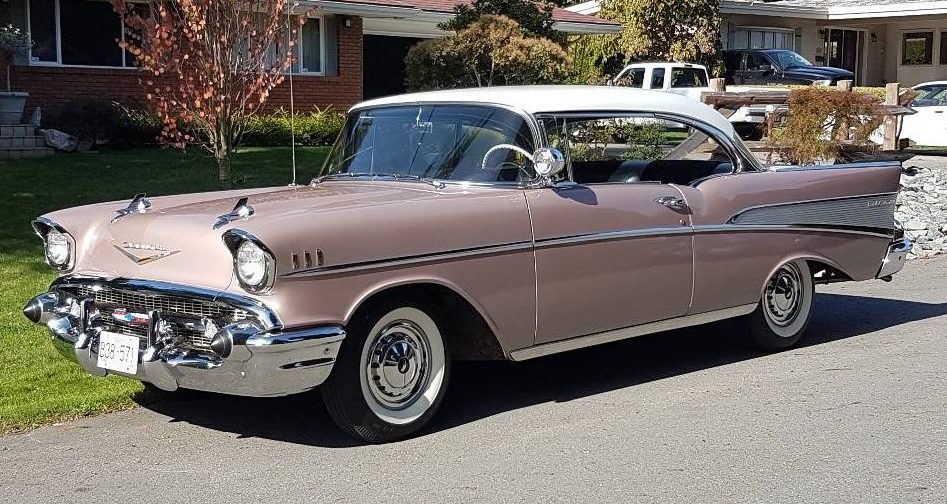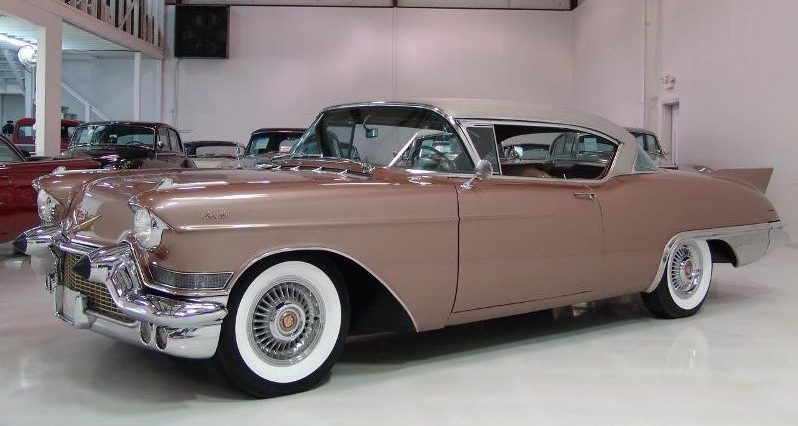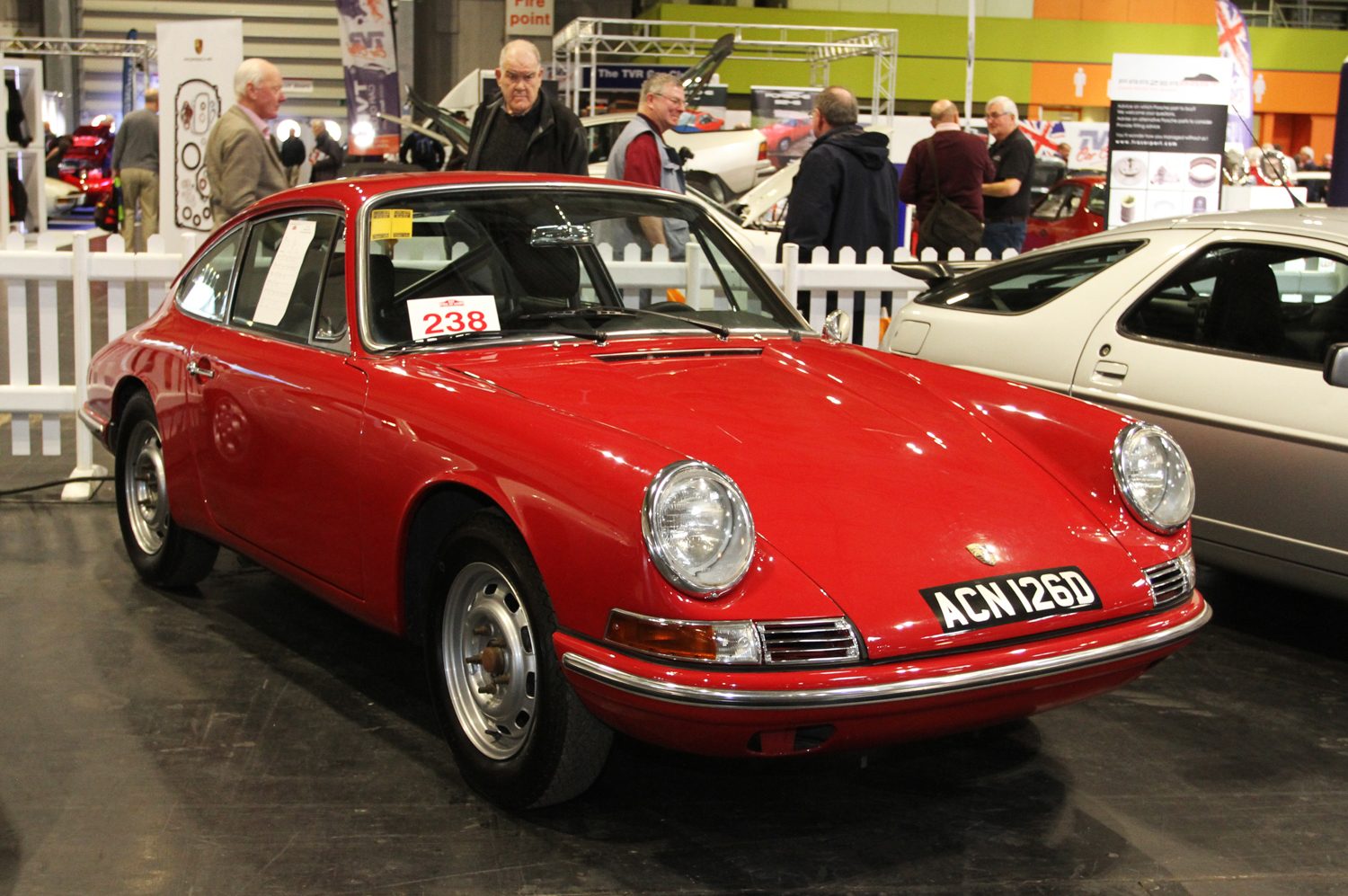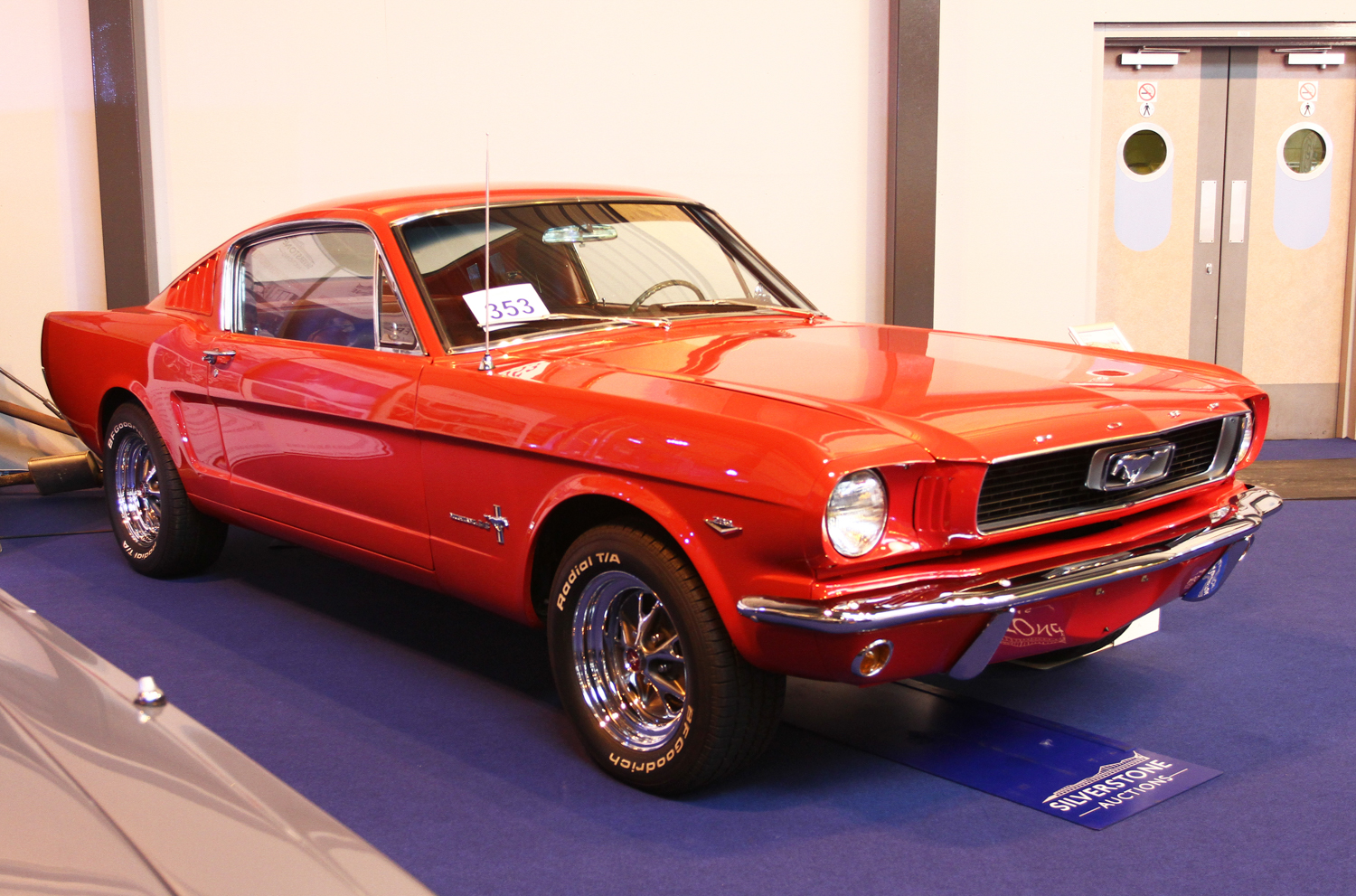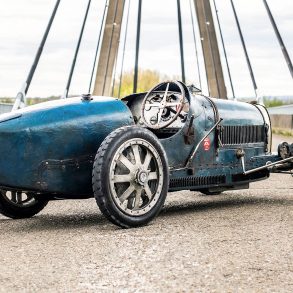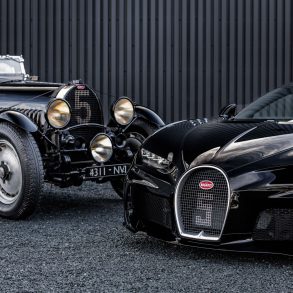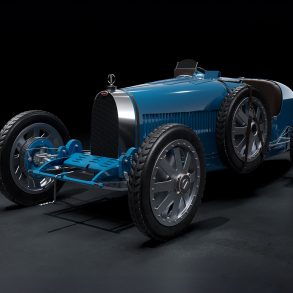Tomorrow is filled with promise. We are already witnessing glimpses of a future where cars will be able to drive without human guidance or even a traditional steering wheel. The most immediate value of this exciting new development will be the new found time we will have sitting idle inside the vehicle. Most will likely use that time to surf the web. No surprise that Google, the famed search engine company, is working hard at building systems for autonomous vehicles. What they want more than anything is for the average commuter to invest another two hours a day using Google search engines while sitting in traffic for their daily commute. In a world where old school advertisers will pay millions of dollars for a few minutes of your focus, you can imagine what a treasure trove two fresh hours of searching can mean to a company who builds their revenue based on keeping your attention.
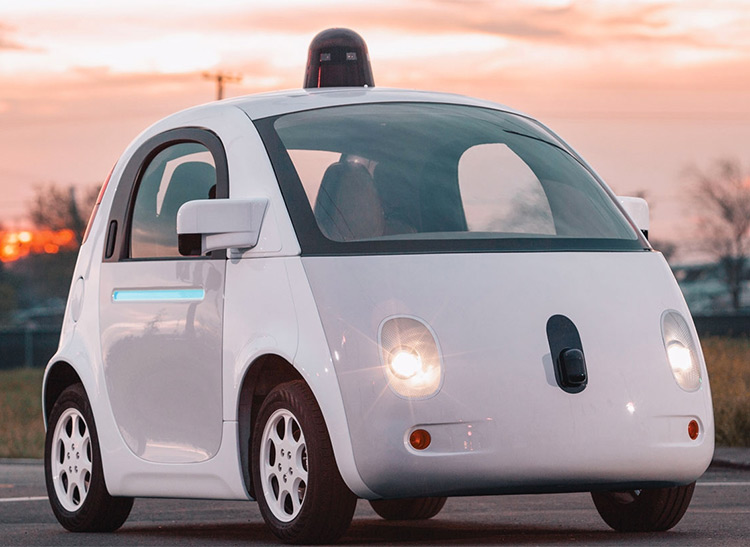
The autonomous car is the tool for the growing “attention economy”. The currency being traded at the highest stakes are your eyeballs. This is not new. Car companies have long known that the secret to earning sales is to entice your eyeballs with a fantastic looking car. A beautiful car is a highly desirable possession, sought after primarily for the combined effect of beauty and high performance. But there is also an important connection to the agency of that beauty. By purchasing and being in control of the movement and performance of a traditional car, the owner is essentially in charge of the use and distribution of that object; an object that reflects the taste and style of the owner as they display it while in motion.
There have been only three major shifts in individual motorized transportation. The first was via our own propulsion, walking upright. The second was by harnessing the legs of a horse or other land animals capable of greater ground speed and stamina than our bodies could sustain. The third was by mechanized vehicles that utilized some manner of mechanical power to move us at a greater speed than other animals. But we are now entering a fourth major shift. With the ability to use mechanical power to move us without the need for our attention or control, our participation with vehicles of the future will drastically change. So too will our need to tend to the beauty of the object we formerly controlled. The dictionary describes the word autonomous as, “…having the freedom to govern itself or control its own affairs.” As autonomous cars become more prevalent, in the not too distant future, we will surrender our desire for the freedom to govern the beauty of these vehicles.
In the 1950s, regardless of the price point, car buyers in Europe or America could purchase attractive cars of all shapes and sizes. Some of the more refined vehicles were separated by price, but it could be argued that a 1957 Chevy was just as handsome a car as a more highly priced Cadillac, and surely as nice as a Mercedes-Benz sedan.
In the 1960s, a Porsche was more expensive than the very attractive Ford Mustang, but it was personal taste that separated buyers more so than price. This personal taste was a point of curated preferences and aesthetic pride. My father was a “Ford Man”, so too was his father. My first cars were Mustangs and T-birds. Older Porsches, Alfas, and Fiats were available at nearly the same price, but I chose based on my taste at that time.
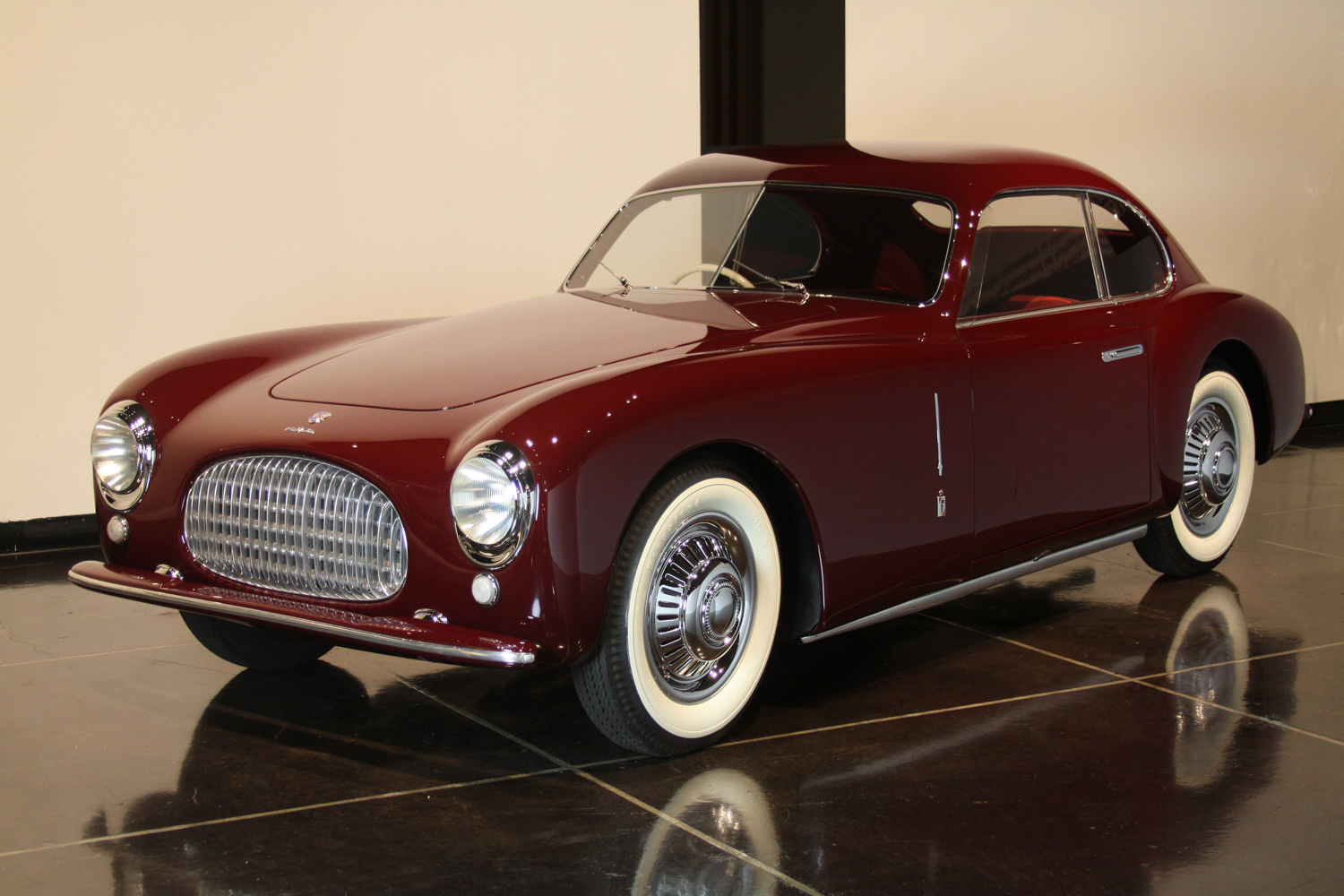
Today, car companies are abandoning two door coupes, convertibles, and sedan platforms in favor of larger, taller, and thicker cars. The look of the modern SUV is purposeful, commanding, and utilitarian, but surely no one imagines any modern SUV on exhibit at the Louvre or the Metropolitan Museum of Modern Art, where other vehicles have previously been exhibited.
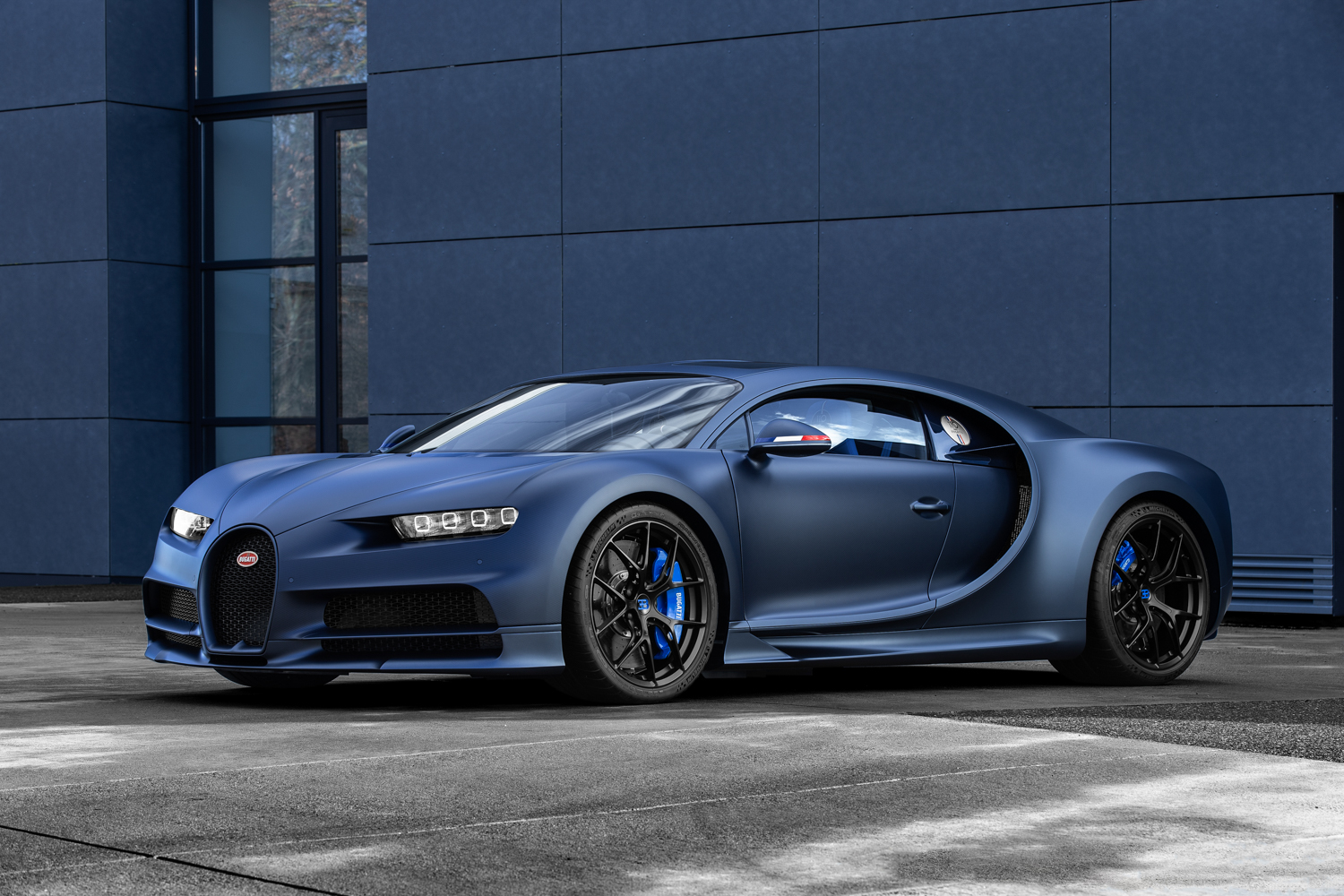
Modern beautiful cars are still around today, but they are far more highly priced than ever before. New Ferraris, Lamborghinis, and Bugattis, as well as other hyper sports cars are stunning, but so too are their prices. The general public has already started believing that without giant sums of cash, we are not entitled to having a modern beautiful car. In place of that, however, we will have the privilege of being driven around in a car that we accept as a simple appliance, not a point of pride or beauty.
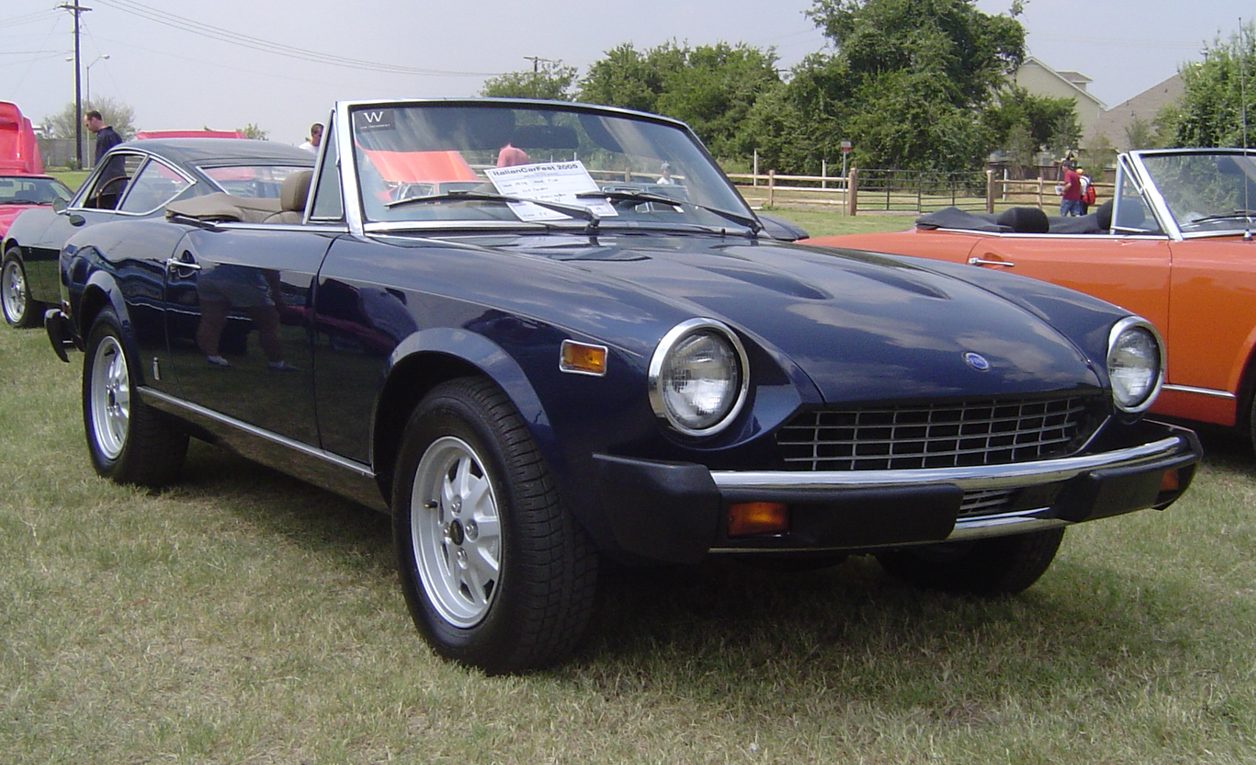
No longer the source of our adoration, newer cars are “daily drivers” while the formerly inexpensive and beautiful car can be bought, garaged and fawned over. In the past decade, we’ve seen a significant rise in value of collector automobiles. A vast portion of the population, those who still strive to maintain connection with an object of beauty, are paying more and more for even formerly common older cars, designed with visual charm, engaging surfacing, and the requirement of your full attention. Beauty wants to be acknowledged, both by the people who create the object and, by the owner of the object. This is why car surfaces are reflective. When we see ourselves in a beautiful vehicle, we feel a part of that beauty.
My grandfather rode a horse for most of his early life. He often spoke of each of his horses with a personal fondness and connection. He would describe bathing the horse, checking the shoes, walking around the horse before riding to check if the animal was injured in any way. The riding experience was very much a connection and obligation to the power and beauty of your steed. Much of this transferred to the way we cared for our cars in the 20th century. Washing our cars, checking our tires, waxing and detailing, creating a connection to our cars. But this has already started to change. Modern cars don’t need as much of our attention and automated car washes are more prevalent than ever before, even in small cities. Over the past 15 years, we’ve also been gradually weaned from looking under the hood of our cars to perform even basic maintenance.
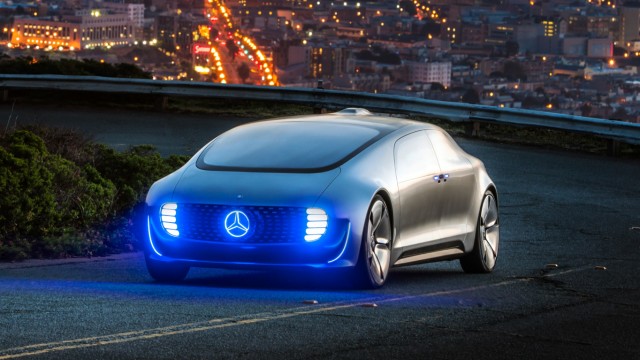
All the technological wonders that will eventually result in autonomous cars all over our cities, will be fantastic for the convenience and ease in transporting our bodies throughout this planet. But it will come at a cost. The autonomous car will gradually divest our desire for beauty in our transportation, and replace it with astonishing durability and reliability, just as text messaging has replaced the beautiful prose of hand written letters and smart phones replaced personal interactions with digital discourse. It won’t be the end of the world, but it will be a loss to one of the most imaginative and dynamic parts of modern life – a beautiful car.




